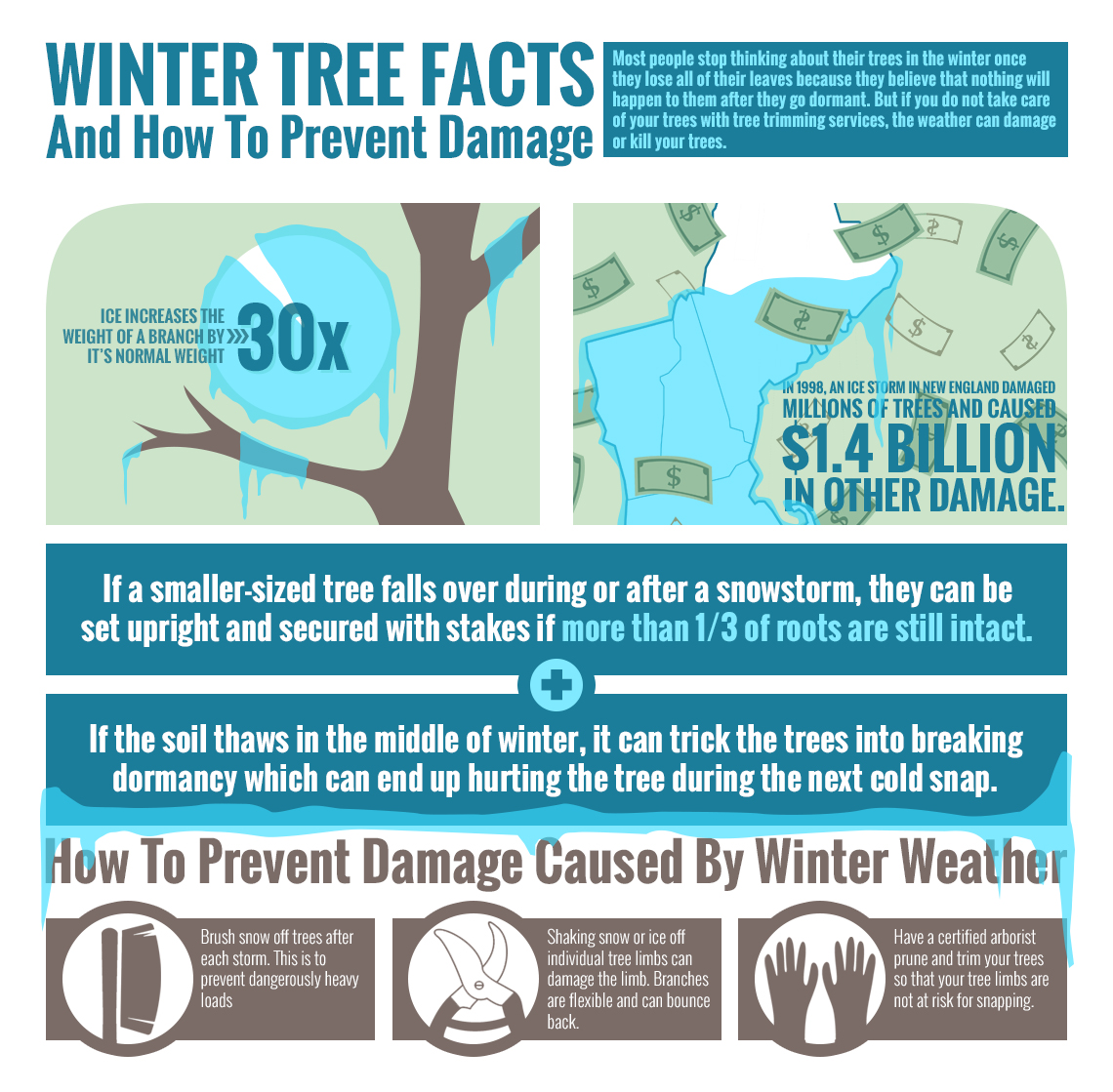Tree Care Throughout The Seasons: Ideal Practices For Taking Care Of Trees Prior To And Following Removal
Tree Care Throughout The Seasons: Ideal Practices For Taking Care Of Trees Prior To And Following Removal
Blog Article
Published By-
When it concerns seasonal tree treatment, making sure correct monitoring prior to and after removal can significantly impact the wellness and aesthetic appeals of your landscape. By understanding the needed steps involved in analyzing tree health and wellness and preparing for removal, you can proactively secure your building. But what about the vital methods to follow once the tree is gone? Stay tuned to find the necessary post-removal treatment procedures that will aid you grow a flourishing and sustainable environment for your trees.
Pre-Removal Tree Care
Before resolving the removal of a tree, it's essential to focus on pre-removal tree treatment. Start by examining the tree's health and structural integrity. Look for indications of condition, parasite problems, or any kind of architectural concerns that may present a safety and security threat throughout removal. It's essential to consult with a licensed arborist to figure out the most effective strategy.
Trimming dead or diseased branches can stop additional damages to the tree and make certain a smoother elimination process.
In addition, take into consideration the ecological effect of eliminating the tree. Trees play an essential role in our ecological community, so planting a new tree in an appropriate area can aid offset any loss. Make certain that you have the essential permits and permissions for tree removal, especially if the tree is safeguarded by regional guidelines.
Seasonal Maintenance Tips
Assessing your tree's requirements throughout the year is imperative for its wellness and longevity. To keep iron bridge auckland in top problem, follow these seasonal upkeep suggestions.
In springtime, concentrate on pruning to eliminate dead or broken branches and urge brand-new growth.
Summer requires regular watering, particularly during dry spells, to ensure your tree stays hydrated.
As loss approaches, keep an eye out for early indications of disease or stress and anxiety, and think about applying mulch to protect the roots during winter.
In winter, be cautious when removing snow from branches to avoid damage, and continue to check your tree's overall wellness.
Bear in mind to readjust your treatment routine based upon the specific requirements of your tree species and neighborhood environment. By staying mindful and proactive throughout the periods, you can help your trees thrive and thrive for years to come.
Post-Removal Tree Treatment
To guarantee the wellness of your landscape even after tree elimination, proper post-removal treatment is necessary. After a tree is eliminated, it's essential to fill the remaining hole with topsoil and compact it to stop settling. This will aid maintain the stability of the ground and protect against possible risks in the future.
Think about growing new vegetation instead of the eliminated tree to restore the balance and aesthetics of your landscape. Consistently mikes trees to promote the growth of new plants and stop soil disintegration.
Evaluate the bordering trees for any indications of condition or anxiety that might have been caused by the removed tree. Watch out for insects that may've been drawn in to the previous tree and take safety nets to safeguard the continuing to be greenery.
If needed, seek advice from a specialist arborist to evaluate the effect of the removal on the bordering trees and determine any kind of extra care needed. By adhering to these post-removal treatment actions, you can make sure the continued health and wellness and beauty of your landscape.
Verdict
Finally, positive seasonal tree care is crucial for preserving the health and equilibrium of your landscape. By assessing tree wellness, trimming, and consulting with an arborist before elimination, you can ensure a safe procedure. After please click the next page , filling up the hole, growing brand-new plants, and routine watering will promote new growth and protect against disintegration. Bear in mind to evaluate bordering trees for disease and seek additional treatment steps from an arborist to keep your landscape thriving.
